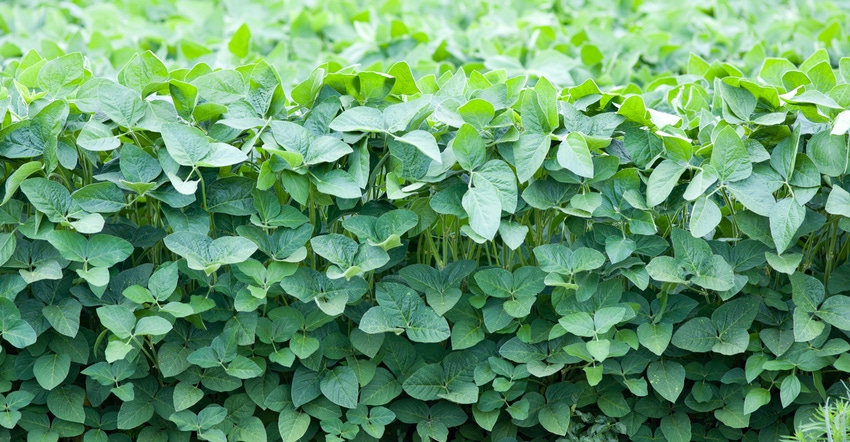
Farmers pricing fertilizer in 2022 have been in for a bit of sticker shock.
According to USDA’s Agricultural Marketing Services, since January 2021, anhydrous ammonia has increased in price 315%. Urea has increased by 215%, liquid nitrogen by 290%, monoammonium phosphate by 171% and potash by 213%. And that was before Russia invaded Ukraine and set off a cascade of ripple effects in the oil and agriculture sectors around the globe.
So, some farmers may be considering turning to cover crops this year to help them grow their own nitrogen, says DeAnn Presley, Kansas State University soil management Extension specialist. Presley presented data from ongoing research projects at K-State during a Feb. 28 “CropTalk” webinar.
Multipurpose crop
Farmers have their own reasons for growing cover crops, from enhancing their soil health to growing forage for their livestock. Growing covers for their nitrogen for the following crop is not a new concept, Presley says. It’s just that we’re slowly gathering more information on how that happens.
Typically, a farmer’s first thought is to just plant a legume, which fixes nitrogen through a symbiotic relationship with bacteria, she says. But considering a cover crop can also help farmers get the most out of their stored nitrogen in the soil profile by reducing soil erosion, nutrient leaching and nutrient runoff.
Presley says with particularly sandy soils, cover crops like radishes and turnips that have long rooting structures can go deeper into the soil profile and mine nitrogen that has leached down.
“Anything with a good rooting system can go down and scavenge the nitrogen and bring it back up to the surface, where it can be useful later on,” she says.
Another good use of cover crops is to mitigate sediments running off your field, and the phosphorus and other nutrients that might run off with them.
And, there’s another benefit that researchers are still trying to quantify: Will cover crops lead to healthier soil ecosystems with more diversity of microbes that rapidly cycle nutrients? The work is still underway, Presley says, but it seems intuitive that it should.
Rotations
Presley shared how cover crops might fit into a wheat-sorghum-soybean crop rotation. The eight-year research project looked at various methods, including double-cropped soybeans, summer legumes, summer non-legumes, winter legumes and winter non-legumes.
The sorghum response following double-cropped soybeans and following summer legumes were 91 and 100 bushels per acre, respectively.
Presley says at 90 cents per pound of N, that comes to a fertilizer value of $7.20 per acre for double-crop soybeans and $27 per acre for a summer legume cover crop like forage soybeans.
The key is selecting cover crops that will replace the portion of your cash crop’s nitrogen requirement, but won’t require additional nitrogen applied to grow. A cover crop like sorghum-sudangrass may be great for livestock forage needs, but it offers a high ratio of carbon to nitrogen, she explains. That means it needs more nitrogen to grow than it’s replacing in the system.
Winter cover crops don’t significantly improve the nitrogen in your field, but they may serve to reduce potential nitrogen losses from leaching and soil runoff.
Presley advises growers to ask themselves:
Does the nitrogen contribution of the cover crop save me from applying some of my nitrogen, and does that outweigh the cost of the cover crop seed?
What is the price difference between cover crop seed and the price of nitrogen?
Do I have nitrogen available to purchase?
Am I eligible for cost-share programs for planting cover crops?
Are there carbon markets or other programs to reward me planting cover crops?
To learn more, or to see Presley’s full presentation, visit bit.ly/kstatecroptalkpresley. There, you’ll be able to see a list of other archived CropTalk recordings and handouts.
About the Author(s)
You May Also Like






